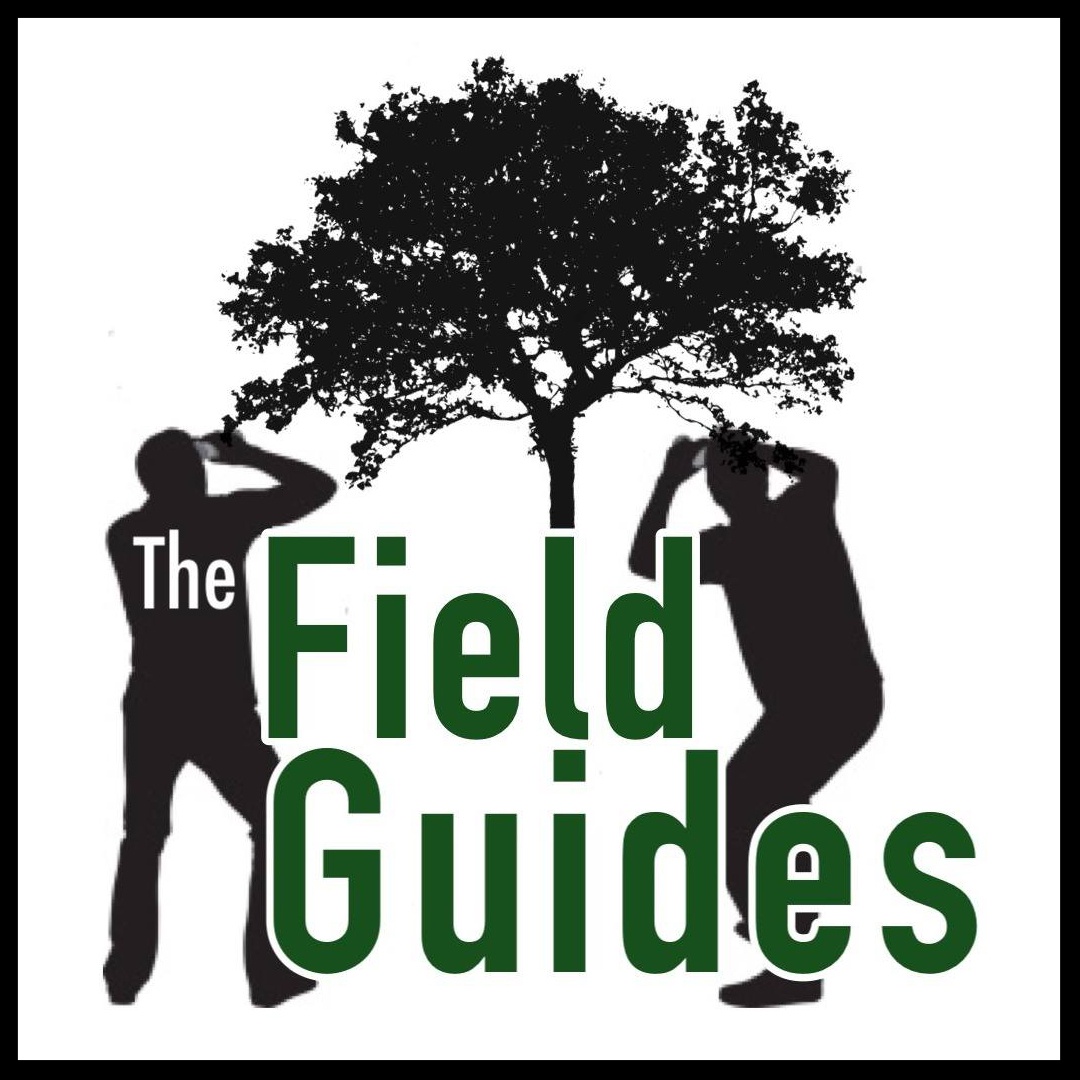Bill and Steve look into the Dawn Chrous, that early morning explosion of bird song that refuses to let you sleep in.
And, for all you Daniel-haters out there, this episode is 100% Daniel-free (but Bill and Steve are both crying on the inside. We miss Daniel buckets, and we're betting you do, too).
This episode was recorded on April 10, 2025 at the California Road Rereation Area in Orchard Park, NY.
Episode Notes and Links
Are there orioles in China? Bill shared the classic Chinese poem from the Tang Dynasty (~600–900 CE) - the one called "Feelings on Awakening from Drunkenness on a Spring Day" by Li Bai, and Steve wondered: Are there Orioles in China. Turns out that, yes, there are, and they’re more oriole-y (?) than ours! That’s because our New World orioles, like the one we’re betting you’re thinking of right now (the well-known orange and black Baltimore Oriole) belong to the family Icteridae and are not closely related to Old World orioles. Instead, they’re closely related to blackbirds and meadowlarks, fellow family members in the Icteridae.
Old world orioles in Europe and Asia, on the other hand, belong to the family Oriolidae. Our orioles were named after them because of the similarities to the old world orioles in behavior, diet, and appearance, but, despite the similarities – these families are not closely related. The similarities evolved independently due to convergent evolution (when species develop similar traits in response to similar environmental pressures).
So, yes, Steve, there are orioles in China, but it’s tough to say for sure which oriole Li Bai heard in his drunken stupor because Birds of China reports seven species found throughout the country, and, as we pointed out, given Li Bai’s state, maybe the bird was only in his head.
Is there a Thorpe’s Law? When Bill mentioned William Thorpe, a British biologist and ornithologist, Steve thought he recalled there was an ecological law or concept credited to Thorpe. Bill scoured the Internet, but the closest thing he could find was Taylor's power law, an empirical law in ecology that relates the variance of the number of individuals of a species per unit area of habitat to the corresponding mean by a power law relationship. If that made sense to you, Bill asks if you could kindly explain it to him. bird
Can someone look at a sound spectrograph and identify the bird? The guys wondered if a sound researcher looking at sound spectrographs (visual representations of bird song) could get good enough to know what bird they’re looking at just by the visual? An internet search was inconclusive- a lot of sites talk about using the spectrographs as an aid to get better at understanding and ID’ing bird song, but we couldn’t find any that specifically addressed this question. We’ve emailed some bird biologists and we’ll update these notes when we hear back!
Social Monogamy vs. Sexual Monogamy: Steve talked about how he’d heard that even in species that bond for life, members of the pair will still seek out other mates. True? First, let’s make a distinction that Steve alluded to in the episode: that is, social vs. sexual monogamy. In birds, "monogamy" often refers to a social bond, where a pair stays together and raises offspring together. However, this doesn't necessarily mean they are sexually faithful to each other. So, socially monogamous doesn’t equal sexual monogamy. Looking in to this, we landed on a passage in The Sibley Guide to Bird Life and Behavior – a birder’s bible if there is one – it reports: “90 percent of all bird species are socially monogamous, but some level of cheating is common. Cheating, or “extra-pair copulation” also occurs, but rarely, among birds of sexually monogamous, mated-for-life species, “but is not yet known how many species engage in extra-pair copulations, since many species remain to be studied. However, it appears that genetic monogamy may be the exception rather than the rule among birds.”
Sponsors and Ways to Support Us
Gumleaf Boots, USA (free shipping for patrons)
Thank you to Always Wandering Art (Website and Etsy Shop) for providing the artwork for many of our episodes.
Support us on Patreon.
Check out the Field Guides merch at our Teespring store. It’s really a great deal: you get to pay us to turn your body into a billboard for the podcast!
Works Cited
Gil, D. and Llusia, D., 2020. The bird dawn chorus revisited. Coding strategies in vertebrate acoustic communication, pp.45-90.
Greives, T.J., Kingma, S.A., Kranstauber, B., Mortega, K., Wikelski, M., van Oers, K., Mateman, A.C., Ferguson, G.A., Beltrami, G. and Hau, M., 2015. Costs of sleeping in. Functional Ecology, 29(10), pp.1300-1307.
Staicer, C.A., Spector, D.A. and Horn, A.G., 1996. The dawn chorus and other diel patterns in acoustic signaling. Ecology and evolution of acoustic communication in birds, pp.426-453.
Dawn Chorus sounds used in the beginning of the episode: “Dawn Chorus in Tompkins County, New York” posted by the Cayuga Bird Club https://www.youtube.com/watch?v=4zZtjYQUgaQ
Photo Credit
The deeply disturbing image that graces this episode was generated by AI in Canva.
